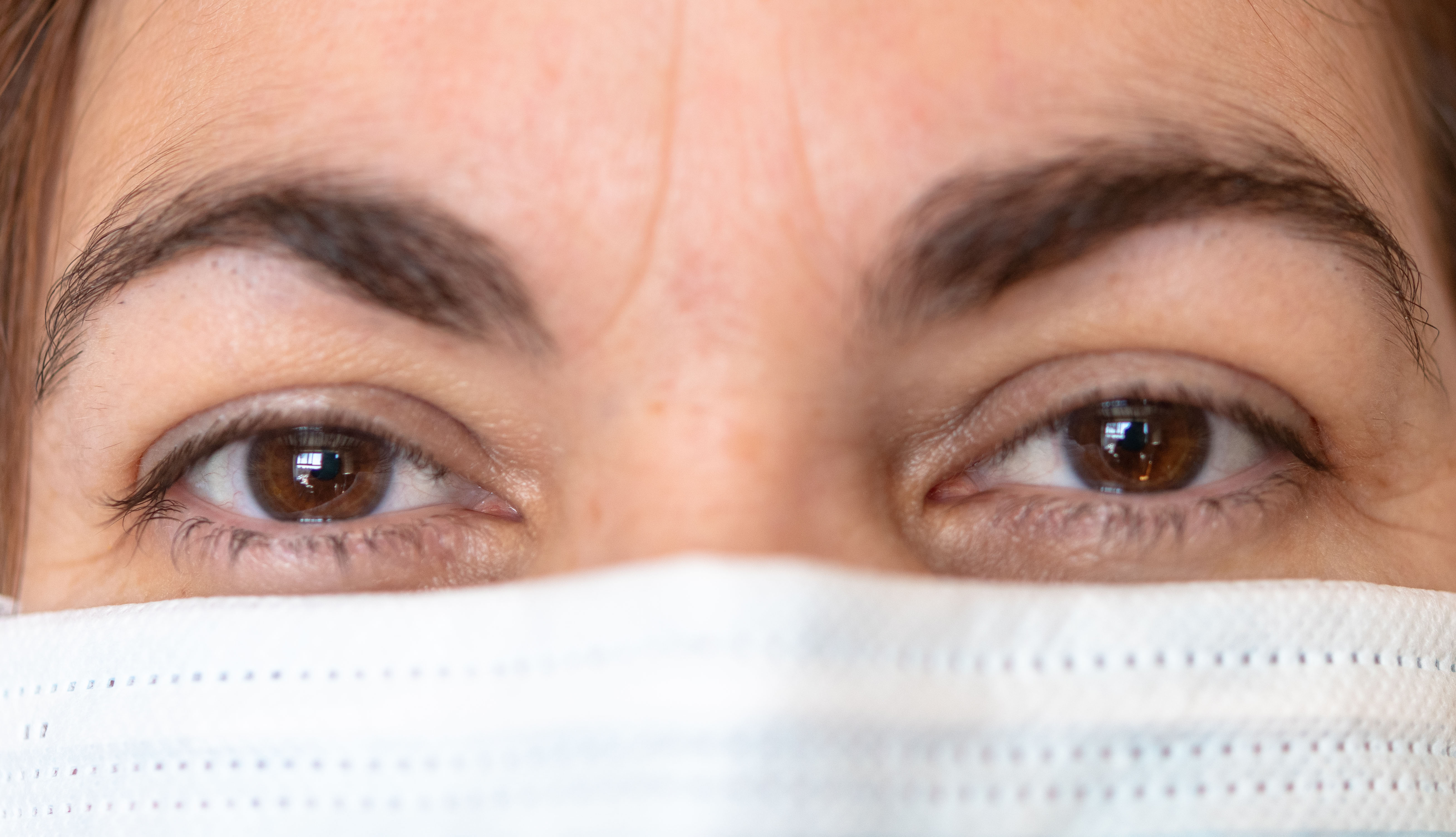Can you catch coronavirus through your eyes?
- Select a language for the TTS:
- UK English Female
- UK English Male
- US English Female
- US English Male
- Australian Female
- Australian Male
- Language selected: (auto detect) - EN

Play all audios:

What's more, says Sonal Tuli, M.D., associate professor of ophthalmology at the University of Florida, and a clinical spokesperson for the American Academy of Ophthalmology, “We know
that many other viruses, such as the influenza virus, can cause both respiratory symptoms and ocular symptoms. You can be coinfected.” This is not all that surprising, since our eyes, nose
and throat are connected by a nifty bit of plumbing, known as the nasolacrimal system, that carries tears from the ocular surface to the nasal cavity and down the back of the throat. When we
cry, our nose runs; put medicine in your eyes and you'll often feel and taste it in the back of the throat. For the most part, however, health experts believe we're probably more
likely to become infected via our nose and mouth, than through our eyes, in part, says Tuli, “because our nose and mouth provide a direct passageway to the lungs,” whereas infectious
particles that enter through our eyes have to take a more roundabout route. Also, notes James Cherry, M.D., a distinguished research professor and infectious disease expert at the David
Geffen School of Medicine at UCLA, our tears contain antibodies that can help detect and latch onto unfriendly antigens, such as bacteria and viruses, and destroy them. More reassurance: The
low rate of eye complications — most notably, viral conjunctivitis (or pink eye) — in coronavirus patients. Health officials believe that conjunctivitis develops in just 1 to 3 percent of
people with coronavirus. A study of hospitals in China published in the _New England Journal of Medicine_ found “conjunctival congestion” in only 0.8 percent of patients with a confirmed
diagnosis of COVID-19. What's more, says Tuli, “You have to wonder: Was the eye the initial source of the infection, or did the infection travel backwards to the eye?”